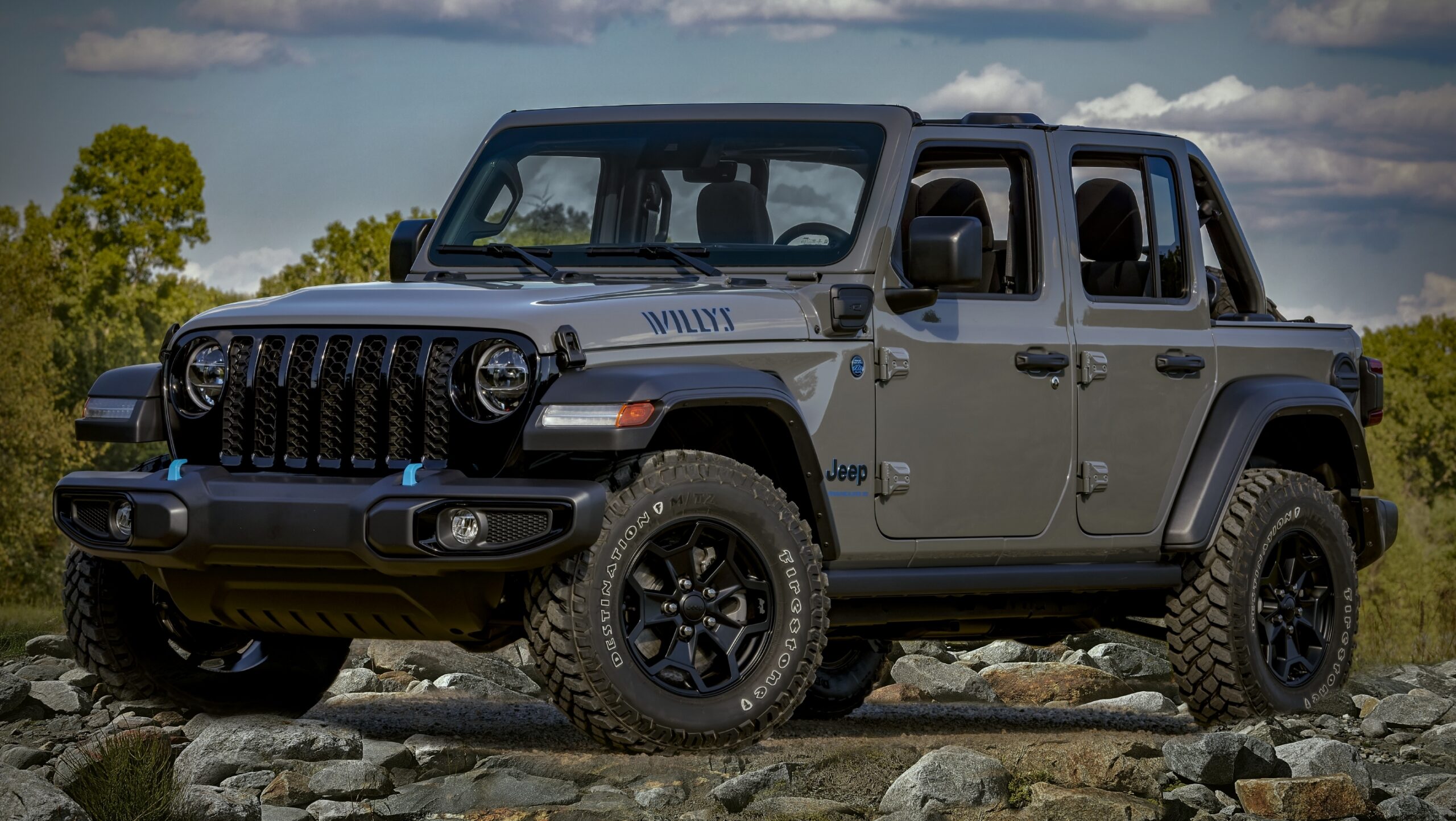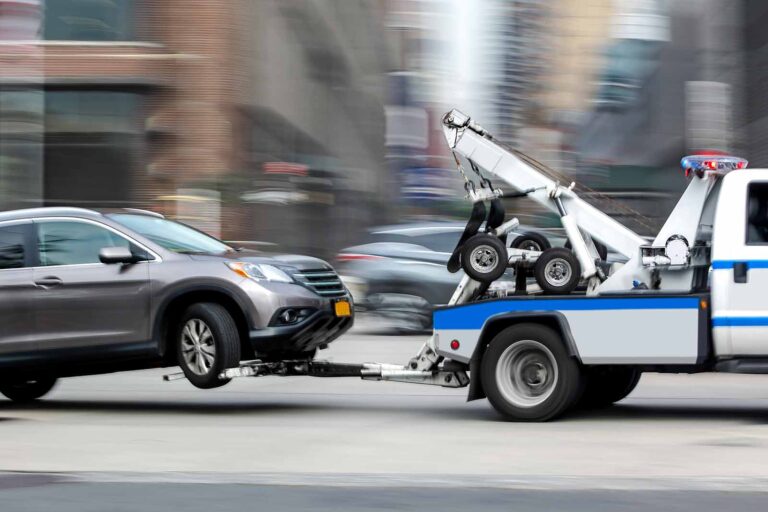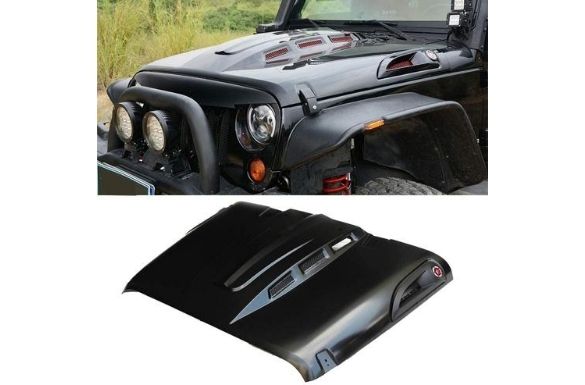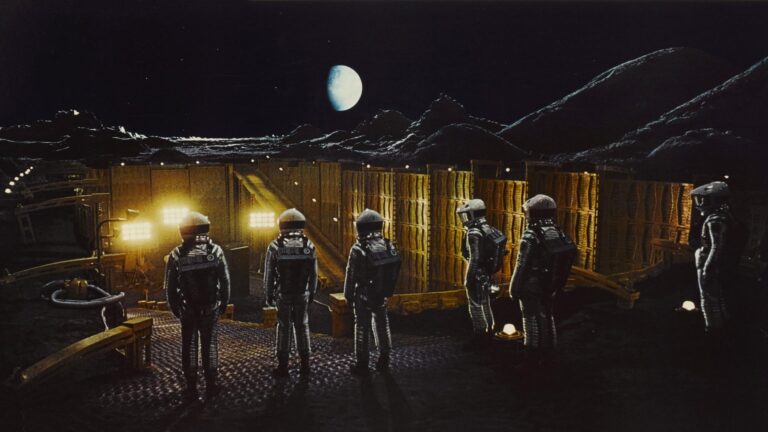Jeep JK Axles For Sale: Your Ultimate Guide to Upgrading and Repairing Your Wrangler’s Foundation
Jeep JK Axles For Sale: Your Ultimate Guide to Upgrading and Repairing Your Wrangler’s Foundation jeeps.truckstrend.com
The Jeep Wrangler JK, produced from 2007 to 2018, is renowned for its off-road prowess, modular design, and robust aftermarket support. At the heart of its legendary capability are its axles – the crucial components that transfer power from the drivetrain to the wheels. Whether you’re looking to enhance your JK’s performance for more aggressive trails, replace damaged components, or embark on a custom build, the market for "Jeep JK Axles For Sale" offers a vast array of options. Understanding these options, their benefits, and the considerations involved is paramount to making an informed decision that aligns with your off-roading ambitions and budget. This comprehensive guide will navigate the world of JK axles, helping you find the perfect foundation for your ultimate Wrangler.
Understanding Jeep JK Axles: Stock vs. Aftermarket
Jeep JK Axles For Sale: Your Ultimate Guide to Upgrading and Repairing Your Wrangler’s Foundation
Before diving into the "for sale" aspect, it’s essential to grasp the fundamental differences between stock and aftermarket JK axles.
Stock JK Axles:
Jeep JKs came equipped with a variety of Dana axles, varying by trim level:
- Dana 30 Front: Standard on Sport, Sahara, and most non-Rubicon models. While adequate for light trails and stock tire sizes (up to 33 inches), the Dana 30 is generally considered the weakest link for serious off-roading. Its smaller ring and pinion, weaker axle shafts, and lighter-duty housing are prone to failure with larger tires (35+ inches), aggressive driving, or lockers under heavy load.
- Dana 44 Rear: Standard on all JK models. This is a semi-float axle (meaning the weight of the vehicle is supported by the axle shafts themselves). It’s a robust rear axle for most applications, though its strength can still be exceeded with very large tires and extreme use.
- Dana 44 Front (Rubicon): The highly sought-after front axle found exclusively on Rubicon models. It features a larger ring and pinion than the Dana 30, stronger axle shafts, and typically comes with an electronic locker (Tru-Lok) and lower gear ratios (4.10 or 3.73). This is a significant upgrade over the Dana 30 and can handle 35-inch tires well, and often 37s with some additional strengthening (e.g., C-gussets, stronger shafts).

Why Upgrade from Stock?
The primary reasons for seeking "Jeep JK Axles For Sale" as an upgrade include:
- Larger Tires: As tire size increases (35", 37", 40"+), the stress on stock axles escalates dramatically, leading to bent housings, broken axle shafts, and damaged differentials.
- Aggressive Off-Roading: Rock crawling, high-speed desert running, or any situation involving significant shock loads or traction with lockers will quickly expose the limits of stock components.
- Increased Horsepower/Torque: Engine modifications that boost power output can overwhelm stock axles.
- Damage/Wear: After years of use, or a single unfortunate incident, stock axles can bend, crack, or suffer internal damage, necessitating replacement.
Aftermarket JK Axles:
Aftermarket axles are engineered to be significantly stronger and more durable than their factory counterparts. They are typically "bolt-in" replacements, designed to integrate seamlessly with the JK chassis. Key features often include:
- Thicker Axle Tubes: Resisting bending.
- Stronger Knuckles/Inner Cs: Preventing deflection and breakage.
- Larger Ring and Pinion Gears: Allowing for greater torque capacity.
- Larger Diameter Axle Shafts: For increased strength.
- Heavy-Duty Differential Covers: Providing protection.
- Optional Features: Pre-installed lockers, specific gear ratios, and enhanced braking systems.
Leading manufacturers include Dynatrac, Currie Enterprises, TeraFlex, G2 Axle & Gear, and Spyntec, among others.
When to Consider Buying Jeep JK Axles For Sale
The decision to purchase new or used JK axles typically falls into one of three categories:
-
Performance Upgrade: This is the most common reason. If you’re planning to run tires larger than 35 inches, frequently engage in challenging off-roading, or simply desire peace of mind, upgrading your axles is a wise investment. A popular path for Sport/Sahara owners is to swap out the front Dana 30 for a used Rubicon Dana 44 or an aftermarket Dana 44/60. For hardcore enthusiasts, a full set of aftermarket Dana 60s (or even Dana 80s for extreme builds) is the ultimate solution.
-
Repair or Replacement: Accidents, impacts, or severe off-road abuse can bend axle housings, snap axle shafts, or damage differential components beyond economic repair. Finding a "Jeep JK Axle For Sale" (either stock or aftermarket) can be a cost-effective solution compared to extensive fabrication or buying individual replacement parts.
-
Custom Build/Swap: For those building a highly customized rig, or even swapping JK axles into another vehicle, sourcing complete axles is often more practical than building them from scratch.
Types of Jeep JK Axles For Sale: A Deep Dive
The market offers a spectrum of options, from budget-friendly used stock axles to high-performance, purpose-built aftermarket units.
1. Used Stock JK Axles:
- Used Dana 30 Front: These are the most common and cheapest used JK axles. Good for replacing a damaged stock unit or for mild builds where extreme strength isn’t a priority. Prices typically range from $300-$800, depending on condition and if it includes shafts, brakes, etc.
- Used Dana 44 Front (Rubicon): Highly sought after by Sport/Sahara owners for its direct bolt-in fit, stronger components, and often pre-installed locker and 4.10 gears. Expect to pay $1,500-$3,000+, with prices varying significantly based on mileage, condition, and whether the locker is included and functional.
- Used Dana 44 Rear (All JKs): A robust rear axle that often comes with either an open differential, limited-slip differential (LSD), or an electronic locker (Rubicon). Prices range from $800-$2,000, again depending on condition, gear ratio, and locker status.
Considerations for Used Stock Axles:
- Condition: Always inspect for bent tubes (look down the length of the axle), cracked welds, excessive rust, leaks, and play in the ball joints or axle shafts.
- Mileage: Higher mileage often means more wear on internal components (gears, bearings).
- Gear Ratio: Ensure the gear ratio matches your existing axle or plan to re-gear both axles to match.
- Locker/LSD Functionality: If included, verify it works.
2. Aftermarket JK Axles (New & Used):
These are purpose-built for extreme use and offer significant strength advantages. They come in various levels of strength and price points.
-
Heavy-Duty Dana 44 Replacements (e.g., Dynatrac ProRock 44, Currie RockJock 44): These are direct bolt-in upgrades for stock Dana 44s or excellent replacements for Dana 30s. They feature thicker tubes, stronger C’s, and often larger axle shafts. They are designed to handle 37-40 inch tires with confidence. Prices for new units typically range from $4,500-$7,000 per axle, depending on features (gears, lockers, brakes). Used aftermarket 44s can be found for $3,000-$5,500.
-
Dana 60 Replacements (e.g., Dynatrac ProRock 60, Currie RockJock 60, TeraFlex CRD60): The ultimate upgrade for serious rock crawling and larger tires (39-40+ inches). Dana 60s feature massive ring and pinion gears, enormous axle shafts, and extremely thick housings. Many are available in "full-float" configurations, where the vehicle’s weight is supported by the axle housing and hub assembly, not the axle shaft itself, significantly increasing strength and reliability. New Dana 60s typically range from $7,000-$15,000+ per axle, depending on full-float/semi-float, gearing, lockers, and braking options. Used 60s are rarer but can be found for $5,000-$10,000+.
Key Features to Look for in Aftermarket Axles:
- Tube Diameter & Thickness: Thicker walls mean less bending.
- Forged Inner C’s and Knuckles: Critical stress points that need to be robust.
- Axle Shaft Material: Chromoly is a common upgrade for strength.
- Gears & Lockers: Ensure the desired ratio and locker type (ARB Air Locker, Eaton E-Locker, Detroit Locker, etc.) are included.
- Brake Compatibility: Will your existing brakes bolt up, or are upgraded brakes included/required?
- Full-Float vs. Semi-Float (for rear axles): Full-float is superior for heavy loads and reliability.
Where to Find Jeep JK Axles For Sale
- Online Marketplaces: Facebook Marketplace, Craigslist, and eBay are excellent sources for used stock and sometimes used aftermarket axles. Be cautious and verify seller reputation.
- Dedicated Jeep Forums & Groups: Websites like JK-Forum.com, JLWranglerForums.com (check the JK section), and various Facebook groups dedicated to Jeep JK parts are goldmines for private sellers.
- Specialized Off-Road Shops: Many off-road performance shops sell new aftermarket axles and occasionally take in used axles on trade. They can also offer professional installation.
- Salvage Yards/Junkyards: A gamble, but sometimes you can find a good deal on a stock axle if you’re willing to inspect it thoroughly.
- Manufacturer Websites: For brand new aftermarket axles, purchasing directly from manufacturers like Dynatrac, Currie, or TeraFlex ensures warranty and full support.
Key Considerations Before Buying: A Buyer’s Guide
Purchasing axles is a significant investment. Here’s a checklist of critical factors:
- Budget: Define your maximum spending limit. New aftermarket axles are costly, while used stock axles are more budget-friendly.
- Intended Use: Be honest about how you’ll use your Jeep. Daily driver with occasional trails? Or dedicated rock crawler? This dictates the required strength.
- Tire Size: This is the most crucial factor.
- Up to 33": Stock Dana 30/44 is usually fine.
- 35": Rubicon Dana 44s (front & rear) are generally good, possibly with minor reinforcement. Aftermarket Dana 44s offer peace of mind.
- 37": Aftermarket Dana 44s are recommended, or heavily reinforced stock Rubicon 44s.
- 38"+: Dana 60s are strongly recommended.
- Gear Ratio: Ensure the gear ratio of the new axle matches your existing axle, or purchase a set (front and rear) with the desired ratio. If only buying one, factor in the cost of re-gearing the other axle to match. Mismatched gears will destroy your transfer case.
- Lockers/LSD: Do you need them? Are they included and functional? Electronic lockers (e-lockers) are common on Rubicon Dana 44s. Aftermarket axles offer a choice of air lockers, e-lockers, or automatic lockers.
- Condition (for used axles):
- Bent Tubes: The most common issue. Place a straight edge along the axle tube or sight down it carefully.
- Leaky Seals: Indicates worn bearings or damaged seals, requiring repair.
- Play in Pinion/Axle Shafts: Suggests worn bearings.
- Cracked Welds: Especially around spring perches, control arm mounts, or C’s.
- Rust: Surface rust is common; excessive pitting or structural rust is a red flag.
- Mileage: High mileage can mean worn internal components.
- Shipping & Logistics: Axles are heavy and bulky. Local pickup is ideal. If shipping, get a freight quote beforehand, as it can be expensive. Factor in crating costs if not already crated.
- Installation: Do you plan to DIY or have a professional install? DIY requires proper tools (jack, jack stands, torque wrench, impact gun, etc.) and mechanical aptitude.
Installation Tips and Post-Purchase Care
Once you’ve acquired your "Jeep JK Axle For Sale," proper installation and maintenance are key to longevity.
Installation Tips:
- Safety First: Always use heavy-duty jack stands on a level surface. Disconnect the battery.
- Gather Tools: You’ll need a comprehensive set of sockets, wrenches, a torque wrench, fluid catch pans, and possibly a floor jack capable of lifting heavy loads.
- Fluid Replacement: Even if buying a "new" used axle, it’s always best practice to drain and refill with fresh, high-quality differential fluid. Check the owner’s manual or axle manufacturer’s recommendations for the correct fluid type and capacity.
- Transfer Components: You’ll need to transfer your brakes (calipers, rotors), ABS sensors, and potentially steering components (tie rod, drag link) to the new axle. Ensure all bolts are torqued to factory specifications.
- Bleed Brakes: After disconnecting brake lines, you’ll need to bleed the entire brake system.
- Check Clearance: With new axles, especially aftermarket ones, verify clearance with suspension components, steering, and exhaust.
Post-Purchase Care:
- Gear Break-in (for new gears): If your axle comes with new gears, follow the manufacturer’s break-in procedure (typically several heat cycles and a fluid change after 500 miles) to ensure proper seating and prevent premature wear.
- Regular Fluid Changes: Adhere to your Jeep’s maintenance schedule for differential fluid changes, especially after water crossings.
- Periodic Inspection: Regularly check for leaks, loose bolts, bent components, and unusual noises, particularly after challenging off-road trips.
Price Table: Jeep JK Axles For Sale (Estimated Ranges)
Prices are highly variable based on condition, mileage, included components (gears, lockers, brakes), and brand. These are general estimates for complete axles.
| Axle Type | Condition | Typical Price Range (USD) | Key Features/Notes |
|---|---|---|---|
| Used Stock Dana 30 Front | Good Used | $300 – $800 | Often includes shafts, sometimes open differential. No locker. Suitable for stock tires. |
| Used Stock Dana 44 Rear | Good Used | $800 – $2,000 | All JKs have D44 rear. May have open, LSD, or E-Locker (Rubicon). Gearing varies. |
| Used Stock Dana 44 Front | Good Used (Rubicon) | $1,500 – $3,000 | Rubicon specific. Often includes 4.10 gears and E-Locker. Popular upgrade for Sport/Sahara. |
| Aftermarket Dana 44 Front | Used (Bolt-in) | $3,000 – $5,500 | Brands like Dynatrac, Currie. Stronger than stock. May include gears/locker. |
| Aftermarket Dana 44 Front | New (Bolt-in) | $4,500 – $7,000+ | Dynatrac ProRock 44, Currie RockJock 44. Customizable gears, lockers, brakes. |
| Aftermarket Dana 60 Front | Used (Bolt-in) | $5,000 – $10,000 | Rare to find used. Extremely strong. Often includes high-end lockers/gears. |
| Aftermarket Dana 60 Front | New (Bolt-in) | $7,000 – $15,000+ | Dynatrac ProRock 60, Currie RockJock 60. Full-float option. For 39"+ tires. |
| Aftermarket Dana 60 Rear | Used (Bolt-in) | $5,000 – $10,000 | Rare to find used. Extremely strong. Often full-float. |
| Aftermarket Dana 60 Rear | New (Bolt-in) | $7,000 – $15,000+ | Dynatrac ProRock 60, Currie RockJock 60. Full-float. For 39"+ tires. |
Note: Prices do not include shipping, installation, or additional components like driveshafts if needed.
Frequently Asked Questions (FAQ)
Q: Can I just upgrade my front axle and keep the stock rear?
A: Yes, many JK owners upgrade their front Dana 30 to a Rubicon Dana 44 or an aftermarket Dana 44/60 while keeping the stock rear Dana 44. The rear Dana 44 is relatively robust for most applications up to 37-inch tires, especially with chromoly shafts. However, ensure the gear ratios match between the front and rear axles.
Q: Do I need to re-gear if I buy new axles?
A: You must ensure that the front and rear axle gear ratios match exactly to prevent damage to your transfer case and drivetrain. If your new axle comes with a different gear ratio than your existing one, you will need to re-gear one or both axles to match.
Q: What’s the difference between a Dana 44 and a Dana 60?
A: The primary difference is strength. A Dana 60 is significantly stronger than a Dana 44, featuring a much larger ring and pinion, larger axle shafts, and a beefier housing. Dana 60s are designed for extreme off-roading and very large tires (39"+), while Dana 44s are generally suitable up to 37-inch tires.
Q: How do I know if a used axle is bent?
A: The most common way to check is to lay a straight edge along the axle tube from one end to the other, or to visually sight down the length of the axle tube from both ends. Any noticeable bowing or kinks indicate a bent housing. Look for uneven tire wear on the donor vehicle (if visible).
Q: Is it worth buying a used axle?
A: Yes, it can be very cost-effective, especially for stock Rubicon Dana 44s, which offer a significant upgrade over the Dana 30 at a fraction of the cost of new aftermarket axles. However, thorough inspection is crucial to avoid inheriting someone else’s problems.
Q: What’s a full-float axle?
A: In a full-float axle (typically found on Dana 60s and larger), the vehicle’s weight is supported by a spindle and hub assembly, and the axle shaft itself only transmits torque. In a semi-float axle (like the stock JK Dana 44 rear), the axle shaft supports the vehicle’s weight and transmits torque. Full-float axles are stronger, more reliable, and allow for easier axle shaft replacement without removing the wheel or brake.
Q: What tire size generally requires an axle upgrade?
A: While opinions vary, most experts agree that for serious off-roading, a front axle upgrade is highly recommended when moving to 35-inch tires. For 37-inch tires, aftermarket Dana 44s or highly reinforced stock Rubicon Dana 44s are advisable. For 38-inch tires and larger, Dana 60 axles (front and rear) become almost mandatory for reliability.
Conclusion
The market for "Jeep JK Axles For Sale" provides a robust ecosystem for Wrangler owners to repair, enhance, and customize their vehicles. From replacing a damaged stock unit to building an unstoppable rock crawler, understanding the various types of axles available, their strengths and weaknesses, and the critical considerations for purchase is paramount. Whether you opt for a budget-friendly used Rubicon Dana 44 or invest in a top-tier aftermarket Dana 60, thorough research, careful inspection, and a clear understanding of your off-roading goals will ensure you select the perfect foundation to take your Jeep JK’s capabilities to the next level. Your axles are the backbone of your Wrangler’s off-road performance – choose wisely, and your JK will reward you with years of adventurous trails.




